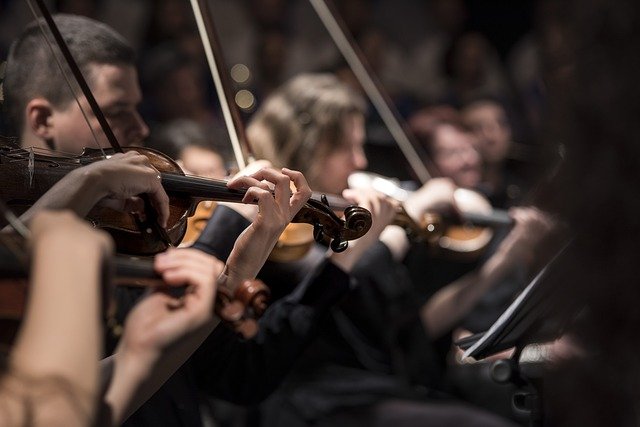Holographic Orchestras: The Next Symphony Frontier
In the ever-evolving landscape of musical performance, a groundbreaking fusion of technology and classical artistry is redefining the concert experience. Holographic orchestras, once a concept relegated to science fiction, are now emerging as a revolutionary force in the world of symphonic music. This innovative approach blends cutting-edge holographic technology with the timeless beauty of orchestral performances, creating a spectacle that challenges our perceptions of live music and opens up new possibilities for artistic expression. As concert halls around the globe begin to experiment with this technology, we explore the implications, challenges, and potential of holographic orchestras in shaping the future of classical music.

Technical Marvels Behind the Curtain
At the heart of holographic orchestras lies a complex interplay of cutting-edge technologies. High-definition cameras capture the movements and expressions of musicians in real-time, while sophisticated software processes this data into three-dimensional holographic projections. Advanced sound systems synchronize perfectly with the visual elements, creating an immersive experience that blurs the line between physical and virtual presence. The result is a performance that can be broadcast to multiple venues simultaneously, with each location experiencing the orchestra as if it were performing live on their stage.
Reimagining the Concert Experience
Holographic orchestras are not merely a technological novelty; they represent a fundamental shift in how audiences engage with classical music. Concert-goers can now witness world-class performances that were previously limited by geographical constraints. The technology allows for creative staging impossible in traditional settings, such as placing the conductor amidst the audience or having soloists appear and disappear in dramatic fashion. This new format also opens up possibilities for interactive elements, where audience members can potentially influence aspects of the performance in real-time.
Cultural Impact and Artistic Implications
The advent of holographic orchestras has sparked intense debate within the classical music community. Proponents argue that this technology democratizes access to high-quality performances, bringing world-class music to remote areas and underserved communities. Critics, however, express concerns about the loss of the irreplaceable energy of live, in-person performances. The technology also raises questions about the nature of artistry and authenticity in music. As holographic performances become more prevalent, musicians and composers are exploring new ways to create works specifically tailored to this medium, pushing the boundaries of what’s possible in orchestral music.
Challenges and Future Prospects
Despite its promise, holographic orchestra technology faces several hurdles. The high cost of implementation remains a significant barrier for many venues and orchestras. Technical challenges, such as maintaining perfect synchronization across multiple locations and ensuring consistent audio quality, continue to be areas of ongoing development. Additionally, legal and ethical questions surrounding intellectual property rights and the use of musicians’ likenesses in holographic form are still being navigated. However, as the technology matures and becomes more accessible, industry experts predict a surge in holographic performances, potentially revolutionizing the way we experience classical music in the coming decades.
The Human Element in a Digital Age
As holographic orchestras gain prominence, there’s a growing emphasis on preserving the human essence of musical performance. Conductors and musicians are adapting their techniques to connect with audiences through the holographic medium, finding new ways to convey emotion and energy. Some orchestras are experimenting with hybrid models, combining live and holographic elements to create unique, immersive experiences. This blend of tradition and innovation is fostering a new generation of musicians who are equally comfortable performing for physical and virtual audiences, heralding a new era in the centuries-old tradition of orchestral music.




